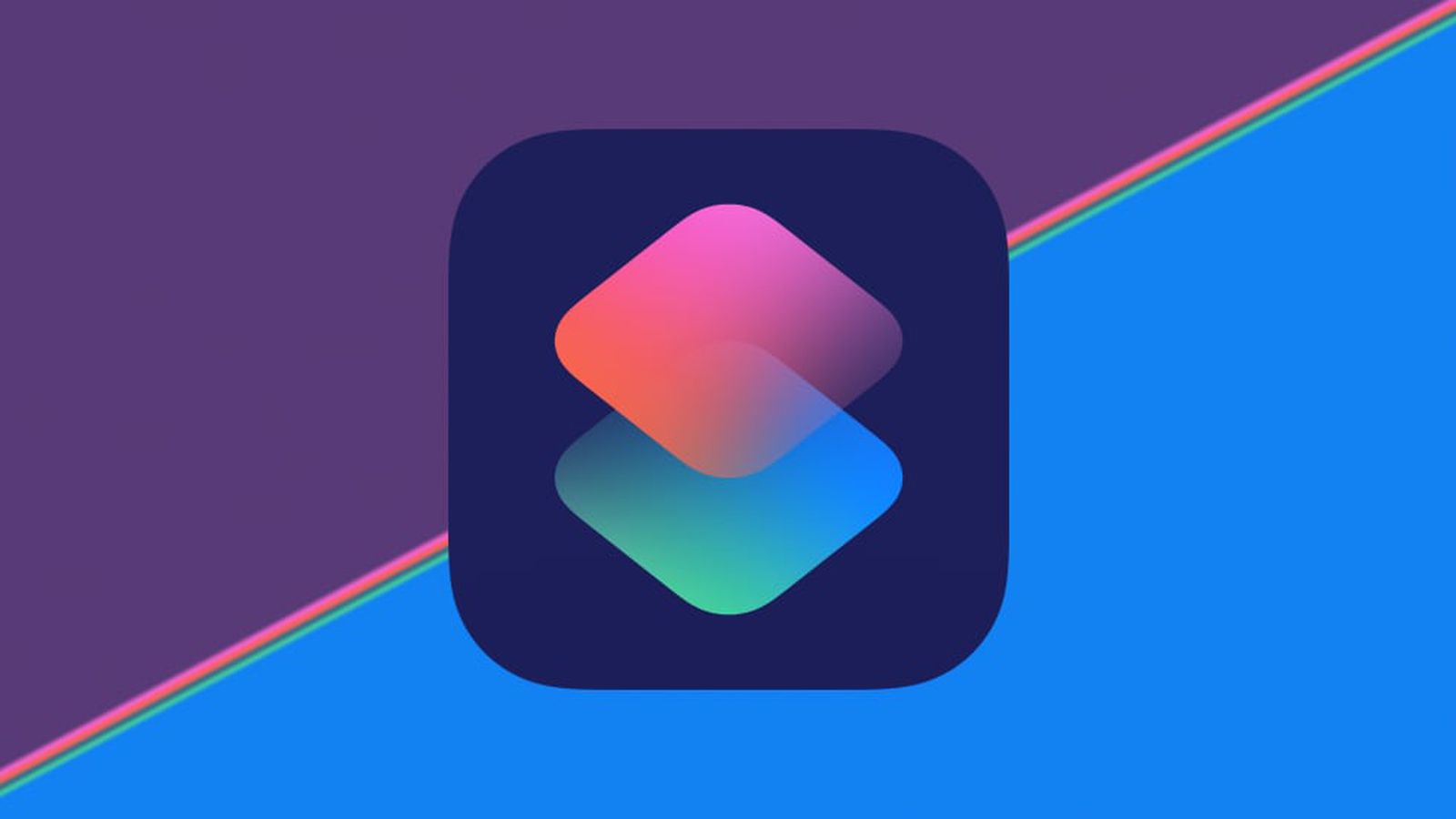From:

 www.macrumors.com
www.macrumors.com
I see:
?????????????? have not tried it but it sounds good?

iOS 16.4 and macOS 13.3 Gain Multiple New Shortcut Action Options
The iOS 16.4, iPadOS 16.4, macOS 13.3, and watchOS 9.4 updates add a long list of new actions and improvements to the dedicated Shortcuts app that is available on Apple's iPhones, iPads, Macs, and Apple Watches. There's now a Find Books action for locating content in the Books app, along with an...
I see:
- Find Displays finds and filters displays on macOS
?????????????? have not tried it but it sounds good?

